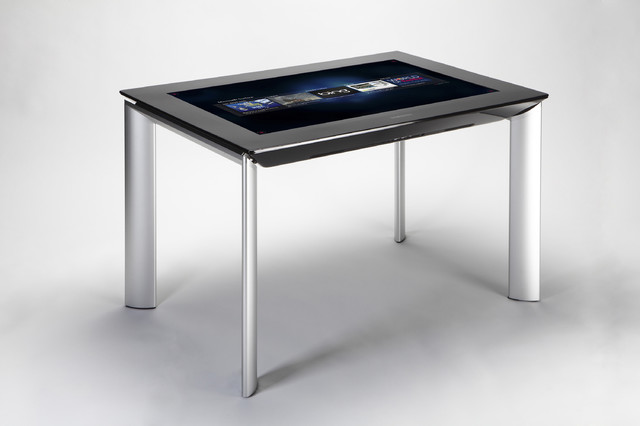
Microsoft has made consumer hardware before, but the surface Pro and RT represent their most ambitious attempts yet. Unfortunately for Microsoft, the surface and RT Pro, powered by the new Windows 8 operating system, not set the world on fire yet, and that is causing some to make some comparisons very negative.
Somehow, it seems unfair. The Pro surface is still very new, having only launched last month. But Windows 8 and Surface RT both reach retail stores in time for the holidays 2012. They do not do so well, then, and now everyone from analysts to Microsoft partners are hitting entire effort of Redmond.
Samsung has just criticized Windows 8 and the surface several times, saying that the new OS is not better than Windows Vista. Acer president said that Windows 8 is not successful. And now, an analyst at MKM Israel Hernandez is out pushing the idea that the surface and Windows 8 are as bad as the Microsoft Zune Media Player, who was killed by Redmond five years after a failed attempt to compete with Apple's iPod.
RT surface is "on track to join Zune and Kin rack in large discount consumer electronics in the sky," said Hernandez, according to the Motley Fool. The Surface Pro has a better chance, but considering the dismal sales Surface RT, Hernandez seems he did not have much hope for him.

Meanwhile, Hernandez said that Windows 8 is "dangerously close to being permanently rejected by consumers," and Microsoft partners are "currently in open revolt." Apparently, Windows 8 is such a bomb that OEMs are choosing to align itself with the Google Chrome OS.
These claims are all extremely hard, and while both the surface and Windows 8 have their share of problems, it is difficult to see how Hernandez claims closer to the truth. Microsoft certainly has a lot of work to do to convince consumers to buy Windows 8 devices, but it is unlikely that OEMs will stay in "revolt", while Surface Pro and RT only outsell all Chromebooks three times over.Either way, it should be an interesting year as Microsoft Surface and Windows 8 retools going forward.


























